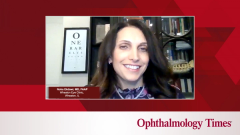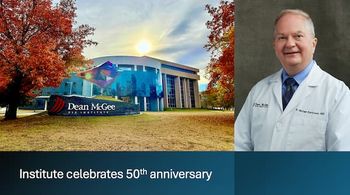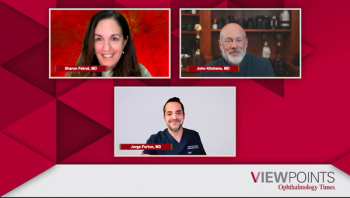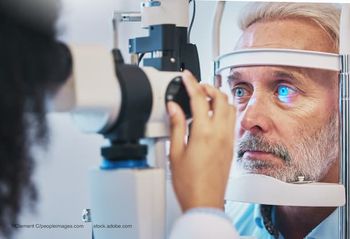
Myopia Patient Case #2
Dr Noha Ekdawi presents a case of myopia management where she combines low-dose atropine with soft contact lenses.
Noha Ekdawi, MD, FAAP: My next case is a boy who I first saw in October of 2020. He had a history of Kawasaki disease but was well treated. No other family history, no other health complaints for this child. He presented at 7 years old, wearing myopic glasses, but they had increased in the past year. Parents really wanted myopia management for this child. They saw that he was already increasing. He was only 7 years old, and they wanted to start treatment. By 2020, I started everyone initially with 0.025% of atropine.
In October of 2021, I see him back, and he had increased from -1.5 in the right eye to -2.5, and in the left eye from -2 to -2.5. Not as big of an increase, but the left eye was higher anyway. Then now a year and a half on atropine, we see another increase. A diopter in the left eye and 0.75 diopters in the right eye. This is now several years on atropine, 2 years, and this child was still progressing. In June of 2022, I referred him for MiSight, and he received MiSight. This is what’s his prescription then. I saw him about 6 months later, no change. Now a year with MiSight, and now 3 years of atropine because I combined the treatments. I see no change in the prescription, maybe a 0.25 change in the left eye. The axial lengths you see here are actually better than the first case at 24.82 mm and 25.01 mm.
This is another wait and see; does my combined treatment, is that the cause of the... change or was this going to happen? This is again something we need to continue to follow. Do I need to increase my dose of atropine? We’ll have to wait and see. From 7 to 10, again, we have here with 2 forms of treatment, the MiSight and the atropine, we see no significant change. In 3 years, the total change was 1.75 diopters in each eye. Whereas multifocal contacts don’t have as good of data as MiSight contacts, it seems that MiSight contacts did do very well for this child.
Transcript is AI generated and edited for clarity and readability.
Newsletter
Don’t miss out—get Ophthalmology Times updates on the latest clinical advancements and expert interviews, straight to your inbox.
















































.png)


